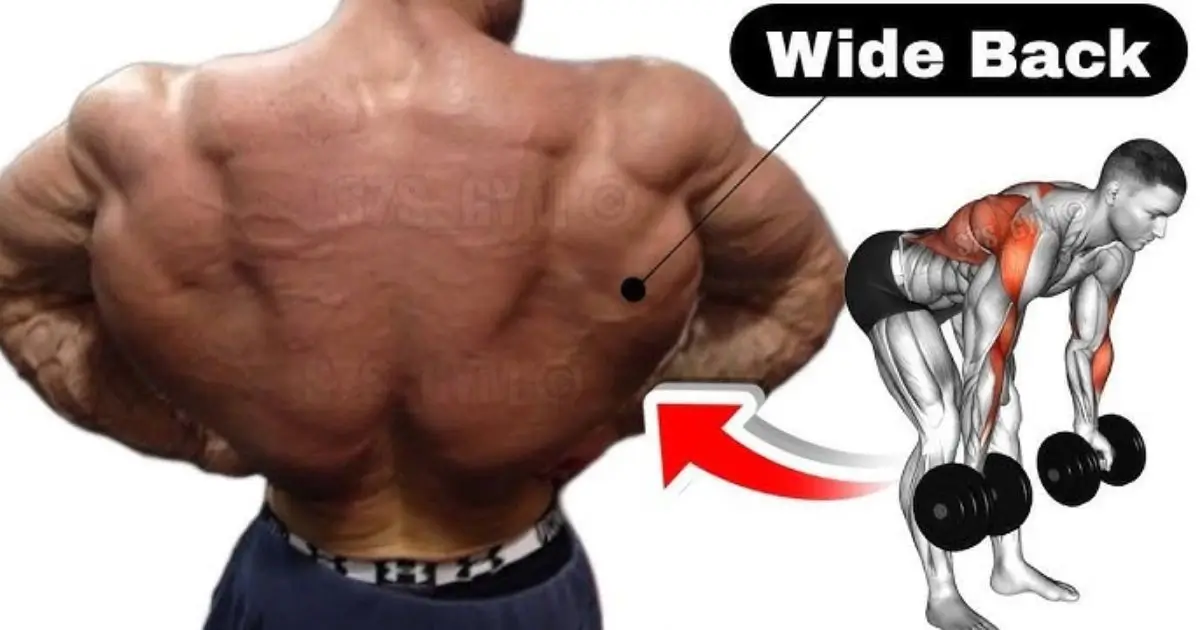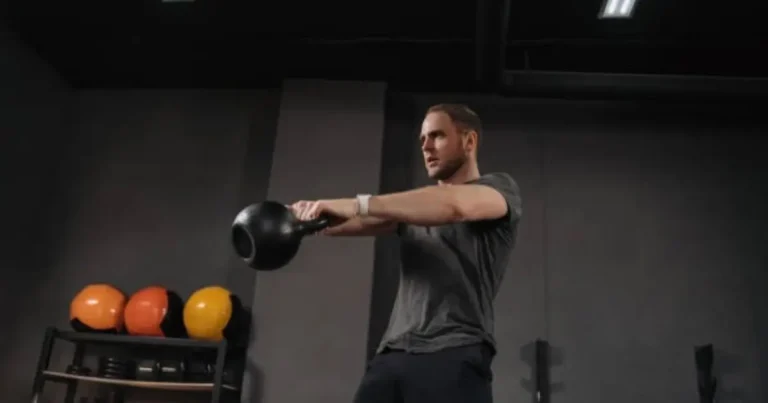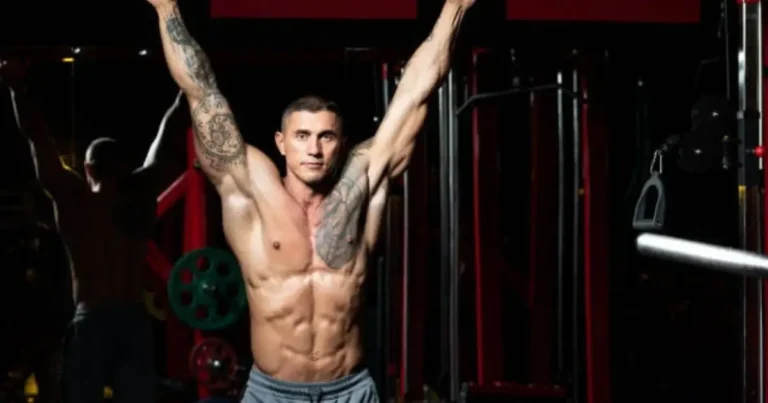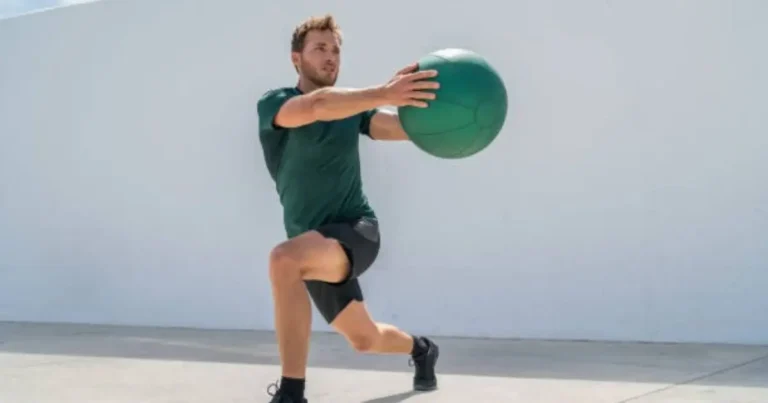Back Workout Plan (In Gym)
A strong back is the foundation of a balanced, powerful physique. Whether your goal is to improve posture, enhance strength, or build a well-defined upper body, a solid back workout plan is essential. Training your back in the gym allows you to take advantage of various machines and free weights that effectively target key muscles like the latissimus dorsi (lats), trapezius (traps), rhomboids, and lower back.
This guide will walk you through an effective back workout plan designed specifically for the gym. Each exercise is selected to maximize muscle engagement and promote strength, symmetry, and overall upper-body development. Whether you’re a beginner or an experienced lifter, this plan will help you build a stronger, more muscular back.
Table of Contents
Warm-Up (5–10 minutes)
- 5 min light cardio (treadmill, rower)
- Dynamic stretches: arm swings, band pull-aparts
Main Workout
1. Pull-Ups (Bodyweight or Assisted)
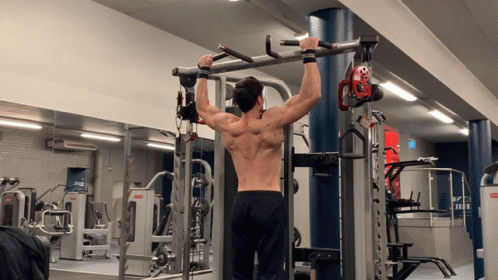
- Sets: 3
- Reps: 8–12
- Tip: Use full range of motion—stretch at the bottom, chin above bar at top.
Pull-ups are often considered the king of upper-body bodyweight exercises — and for good reason. This simple yet challenging movement targets multiple major muscle groups, especially the latissimus dorsi (lats), biceps, traps, and rhomboids, making it a powerful tool for building upper-body strength and definition.
Whether you’re doing traditional bodyweight pull-ups or using an assisted pull-up machine, this exercise belongs in every back workout plan. It not only strengthens your back, but also improves grip strength and posture, two key components of functional fitness.
Bodyweight Pull-Ups
If you can perform pull-ups with your own bodyweight, focus on proper form. Grip the bar slightly wider than shoulder-width, engage your core, and pull your chin over the bar without swinging or using momentum. Lower yourself with control to maximize time under tension — this helps build strength and stimulate muscle growth.
Assisted Pull-Ups
If you’re not yet able to perform a full pull-up, don’t worry — that’s where assisted pull-up machines or resistance bands come in. They reduce the load you lift, allowing you to build strength with proper technique. Over time, you can gradually decrease the assistance until you’re doing them unassisted.
Tips for Progress
- Start with 3 sets of 6–10 reps
- Rest 60–90 seconds between sets
- Use a full range of motion: full hang to chin over bar
- Mix grips (overhand, underhand, neutral) to hit different muscles
Consistency is key. Pull-ups can be tough at first, but with regular practice and smart progressions, they become one of the most satisfying milestones in any fitness journey.
2. Barbell Bent-Over Rows
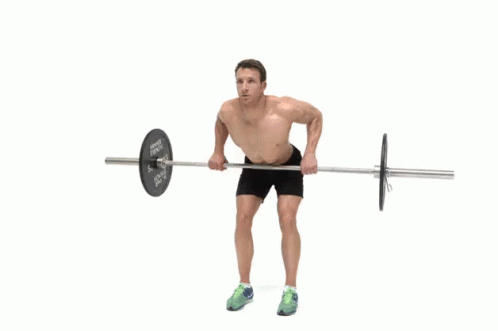
- Sets: 4
- Reps: 8–10
- Tip: Keep your back straight, knees slightly bent, and pull the bar to your lower ribs.
Barbell bent-over rows are a staple in any serious back workout. This powerful compound movement targets the latissimus dorsi, rhomboids, trapezius, and posterior deltoids, while also engaging your core and lower back for stability.
To perform the exercise, start by standing with your feet shoulder-width apart. Grip the barbell with an overhand grip, hinge at your hips, and bend your knees slightly while keeping your back flat. Pull the bar toward your lower chest or upper stomach, squeezing your shoulder blades together at the top. Lower the weight in a controlled motion and repeat.
This exercise builds thickness and mass in the middle and upper back, helping improve posture and upper-body strength. It also enhances pulling performance for other lifts like deadlifts and pull-ups.
Tips for Proper Form:
- Keep your back straight and core engaged
- Avoid rounding your spine or jerking the weight
- Use moderate to heavy weight with proper technique
- Aim for 3–4 sets of 8–12 reps
Barbell bent-over rows are not just about muscle growth — they’re about building total-body control and upper-body dominance. Add them to your gym routine and watch your back strength soar.
3. Lat Pulldown (Wide Grip)
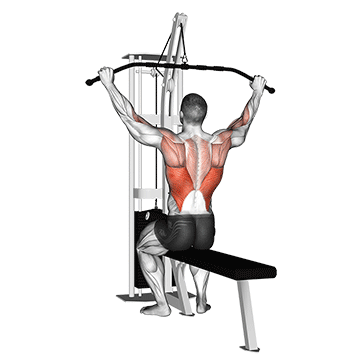
- Sets: 3
- Reps: 10–12
- Tip: Focus on squeezing your lats as you pull down.
The wide grip lat pulldown is a go-to gym machine exercise for targeting the latissimus dorsi — the large, wing-like muscles on the sides of your back. This move helps build a wider, more V-shaped back, making it a perfect option for both beginners and advanced lifters who want to isolate the lats effectively.
To perform it, sit at the lat pulldown machine, grip the bar wider than shoulder-width, and lean slightly back. Pull the bar down to your upper chest while keeping your elbows pointed down and back. Squeeze your shoulder blades together at the bottom of the movement, then slowly return to the starting position.
Benefits of the Wide Grip:
- Targets the outer lats for width
- Reduces bicep dominance compared to close grip
- Ideal for isolating back muscles with less strain on the lower back
Tips:
- Avoid using momentum — control each rep
- Keep your chest lifted and core tight
- Perform 3–4 sets of 10–12 reps for muscle growth
Wide grip lat pulldowns are perfect for those who can’t yet do pull-ups or want to fine-tune their back development. Make them a regular part of your back day routine for noticeable gains.
4. Seated Cable Row
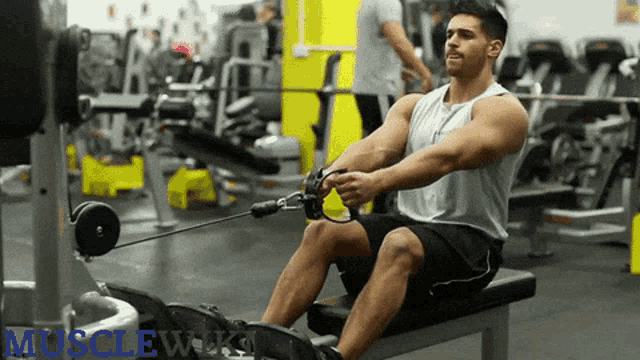
- Sets: 3
- Reps: 10–12
- Tip: Pull the handle to your waist while keeping your back straight.
The seated cable row is a classic back exercise that targets the middle back, including the rhomboids, trapezius, and latissimus dorsi, while also engaging the biceps and rear delts. It’s a great movement for improving posture, increasing pulling strength, and adding depth to your back muscles.
To perform it, sit on the bench with your feet braced against the platform and knees slightly bent. Grab the handle with both hands (typically a V-bar or straight bar), keep your chest up, and pull the weight toward your midsection — around your belly button. Focus on squeezing your shoulder blades together at the peak of the movement, then slowly return to the start.
Why It’s Effective:
- Offers constant tension on the muscles
- Great for posture correction and mid-back development
- Beginner-friendly with easy weight adjustments
Pro Tips:
- Keep your back straight — avoid leaning too far forward or backward
- Control the movement; don’t let the weights slam
- Perform 3–4 sets of 10–12 reps
The seated cable row is a must-have in your back day lineup. It helps build a thicker, more muscular back while supporting shoulder health and overall upper-body strength.
5. Dumbbell One-Arm Row (Each Side)
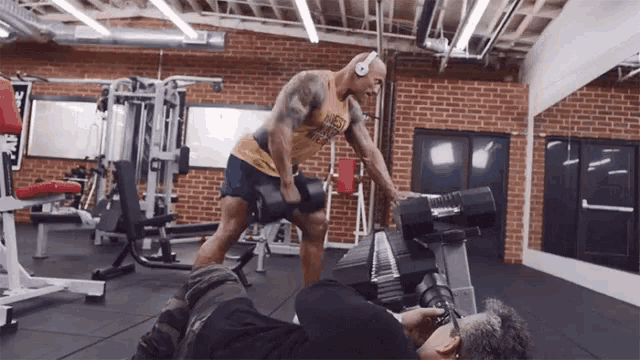
- Sets: 3
- Reps: 8–10
- Tip: Rest your non-working hand on a bench and pull the dumbbell close to your hip.
The dumbbell one-arm row is a powerful unilateral exercise that targets the lats, rhomboids, and trapezius, while also engaging the core and biceps. By working one side at a time, it helps correct muscle imbalances and improve mind-muscle connection — essential for balanced back development.
To perform the exercise, place one knee and the same-side hand on a flat bench for support. Hold a dumbbell in the opposite hand, arm extended straight down. Pull the dumbbell toward your waist, keeping your elbow close to your body. Squeeze your shoulder blade at the top, then lower the weight with control. Repeat all reps on one side before switching.
Why It Works:
- Improves symmetry and muscle balance
- Enhances back thickness and detail
- Strengthens the stabilizing muscles of the spine
Form Tips:
- Keep your back flat and core tight
- Avoid twisting your torso during the lift
- Aim for 3–4 sets of 10–12 reps per side
The dumbbell one-arm row is perfect for lifters of all levels. It adds precision and power to your back training while helping you build size and strength on each side equally.
6. Straight-Arm Pulldowns (Cable Machine)

- Sets: 3
- Reps: 12–15
- Tip: Keep arms straight, pull from top to thighs—this isolates your lats.
The straight-arm pulldown is an excellent isolation exercise that targets the latissimus dorsi without heavily involving the biceps or other pulling muscles. Using the cable machine, this move helps you focus on stretching and contracting the lats through a full range of motion, making it a fantastic finishing exercise for back workouts.
To perform it, stand facing the cable machine with a straight bar attached to a high pulley. Grab the bar with a shoulder-width, overhand grip and keep your arms straight (slightly bent at the elbows). Pull the bar down toward your thighs by engaging your lats, keeping your arms extended throughout. Slowly return to the starting position with control.
Benefits of Straight-Arm Pulldowns:
- Isolates the lats for muscle definition
- Minimizes biceps involvement for focused lat work
- Improves mind-muscle connection and back width
Pro Tips:
- Keep your chest up and core tight
- Avoid using momentum — control the movement
- Perform 3 sets of 12–15 reps for best results
Add straight-arm pulldowns to your back routine to enhance muscle activation and finish your workout with precision. They’re a great way to refine and sculpt a wide, strong back.
7. Back Extensions (Hyperextensions)
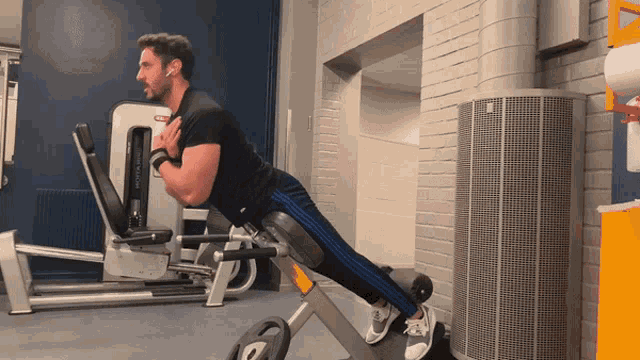
- Sets: 3
- Reps: 15–20
- Tip: Keep movement controlled. Add a plate to increase difficulty.
Optional Finisher (If You Want More Power)
Deadlifts
- Sets: 3
- Reps: 5–6
- Tip: Only add this if you’re not training legs the same day.
Cool Down
- Light stretching: Cat-cow, child’s pose, standing toe touch
- Foam rolling (especially lower back and lats)


